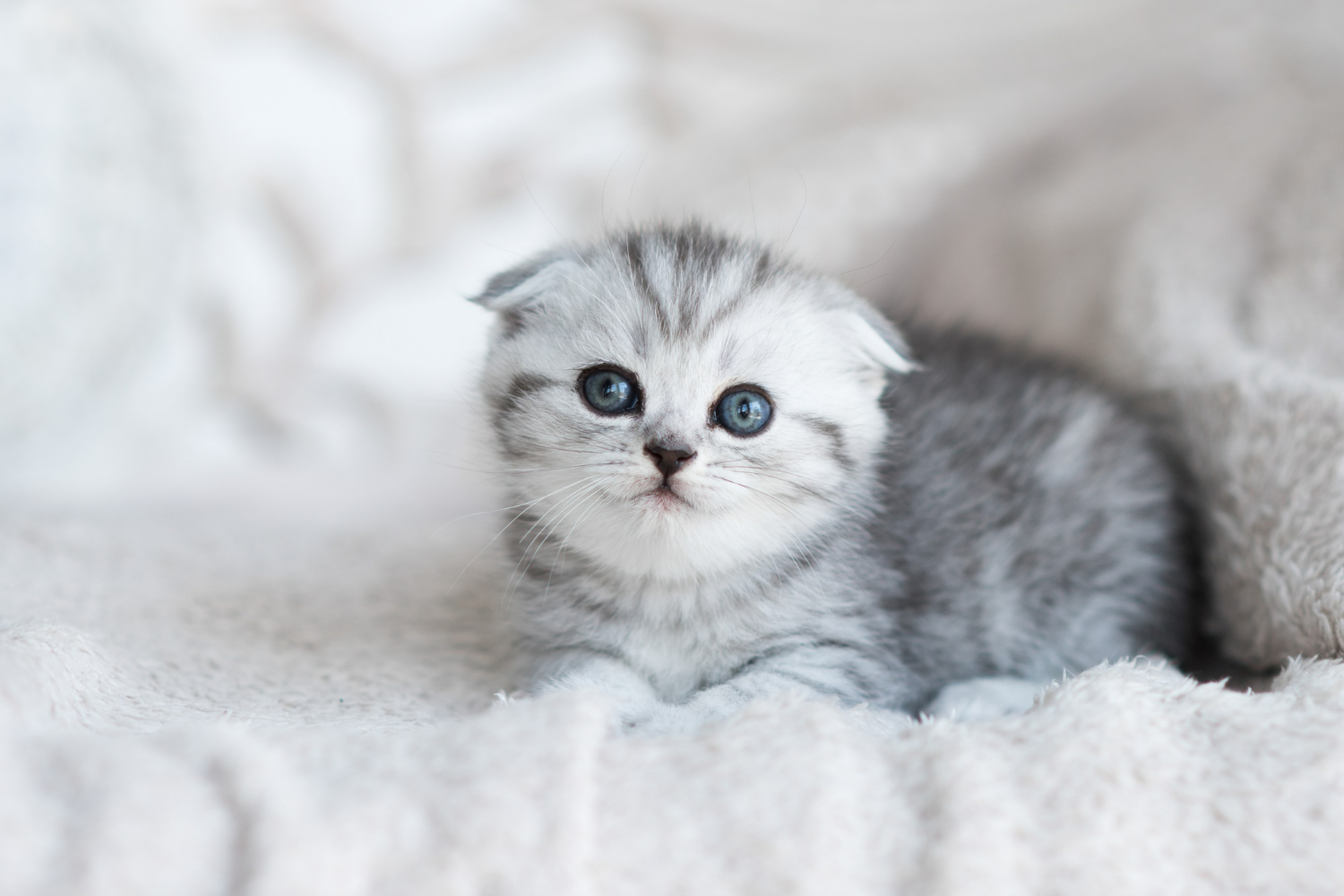Этот сайт использует cookie для хранения данных. Продолжая использовать сайт, Вы даете свое согласие на работу с этими файлами.
Choosing a filler for a kitten

If there is always someone at home who is ready to wash the litter box periodically throughout the day and will do it on a regular basis throughout the cat's life, then I strongly suggest not closing the article. Instead, read it for information.
In today's fast-paced world, it's clear that most families use litter box filler in the care of their cat. An older generation can tell you how sand or paper was used as such, and some will be able to tell you how they successfully or almost successfully tried to get their pets used to leaving their waste just like people do, in the toilet.
When choosing a filler for a kitten, it is crucial to ensure that the filler is safe for both the kitten and the caring family. The filler should not cause allergies or toxic reactions. Manufacturers conduct a lot of research and tests not only on how the filler functions (ability to lock odors, absorbency, dustiness.....) but also on safety. I advise you to choose manufacturers who indicate this information on the packaging.
On store shelves, you can find fillers with different types of ingredients.
The most suitable for a kitten are the following types of filler: bentonite and wood.
In practice, "diapers" are used for a kitten in the first 2-3 months of life, then it is recommended to use wood or bentonite filler, after 5-7 months of life, recommendations vary because if the animal gets used to wood or clumping bentonite filler, and it does not burden the owner with cleaning, then you can leave everything as it is. Or experiment further. Further experiments are based on the format of care and the principle of action: absorbent or clumping. If they are not suitable for any reason, then you can try fillers made of materials such as silica gel, tofu and other novelties of the last 10 years.
It is rarely possible to choose the right filler right away: you often have to experiment with different types. However, when choosing, always rely not only on your taste and price preferences, but also on the physiological needs and behavioral characteristics of your pet. If it refuses to use the litter box with the selected filler, in no case try to force or punish the pet — this will not solve the problem. You need to keep searching for a suitable filler.
In today's fast-paced world, it's clear that most families use litter box filler in the care of their cat. An older generation can tell you how sand or paper was used as such, and some will be able to tell you how they successfully or almost successfully tried to get their pets used to leaving their waste just like people do, in the toilet.
When choosing a filler for a kitten, it is crucial to ensure that the filler is safe for both the kitten and the caring family. The filler should not cause allergies or toxic reactions. Manufacturers conduct a lot of research and tests not only on how the filler functions (ability to lock odors, absorbency, dustiness.....) but also on safety. I advise you to choose manufacturers who indicate this information on the packaging.
On store shelves, you can find fillers with different types of ingredients.
The most suitable for a kitten are the following types of filler: bentonite and wood.
In practice, "diapers" are used for a kitten in the first 2-3 months of life, then it is recommended to use wood or bentonite filler, after 5-7 months of life, recommendations vary because if the animal gets used to wood or clumping bentonite filler, and it does not burden the owner with cleaning, then you can leave everything as it is. Or experiment further. Further experiments are based on the format of care and the principle of action: absorbent or clumping. If they are not suitable for any reason, then you can try fillers made of materials such as silica gel, tofu and other novelties of the last 10 years.
It is rarely possible to choose the right filler right away: you often have to experiment with different types. However, when choosing, always rely not only on your taste and price preferences, but also on the physiological needs and behavioral characteristics of your pet. If it refuses to use the litter box with the selected filler, in no case try to force or punish the pet — this will not solve the problem. You need to keep searching for a suitable filler.
Other instructions
1 / 4





